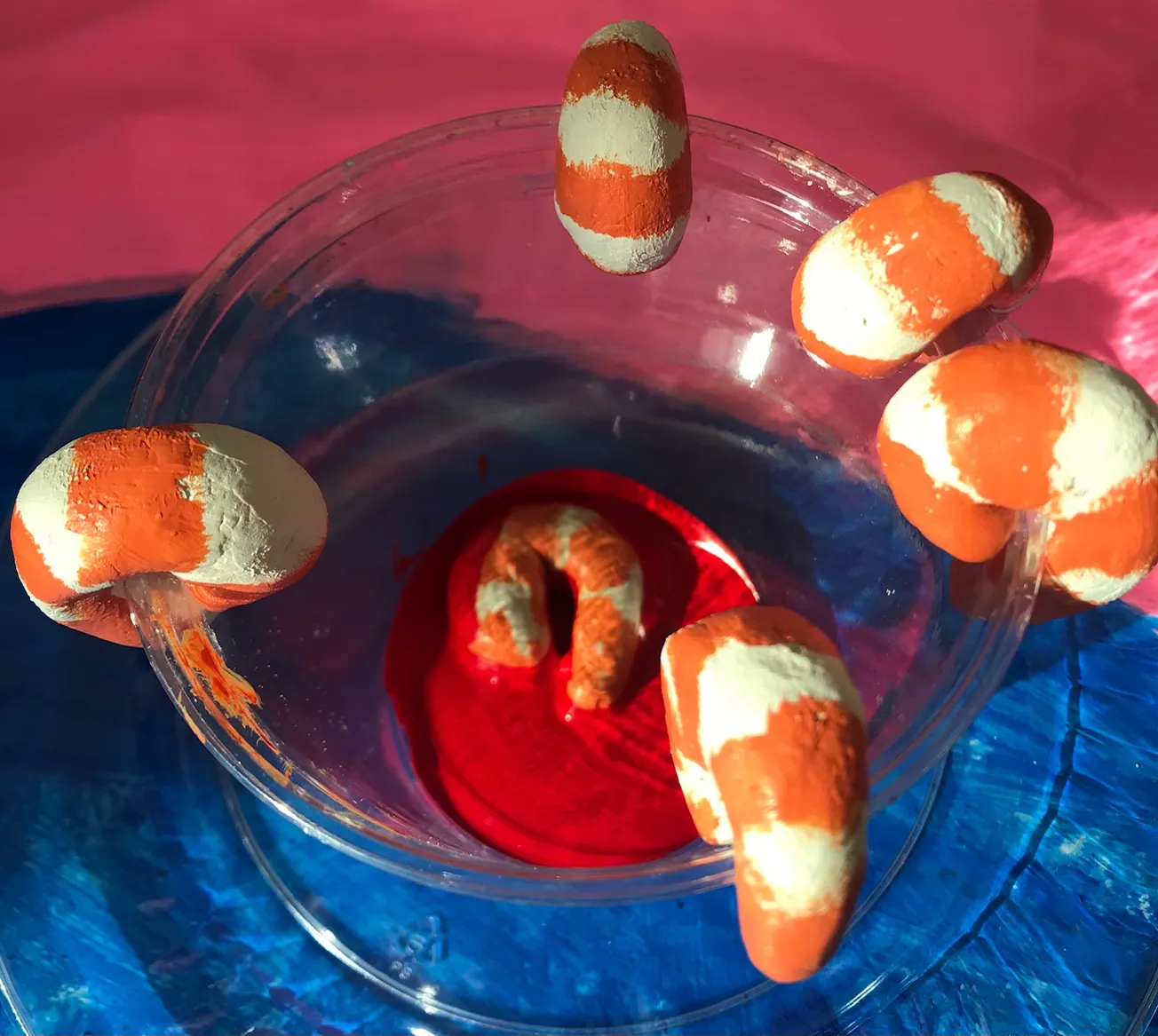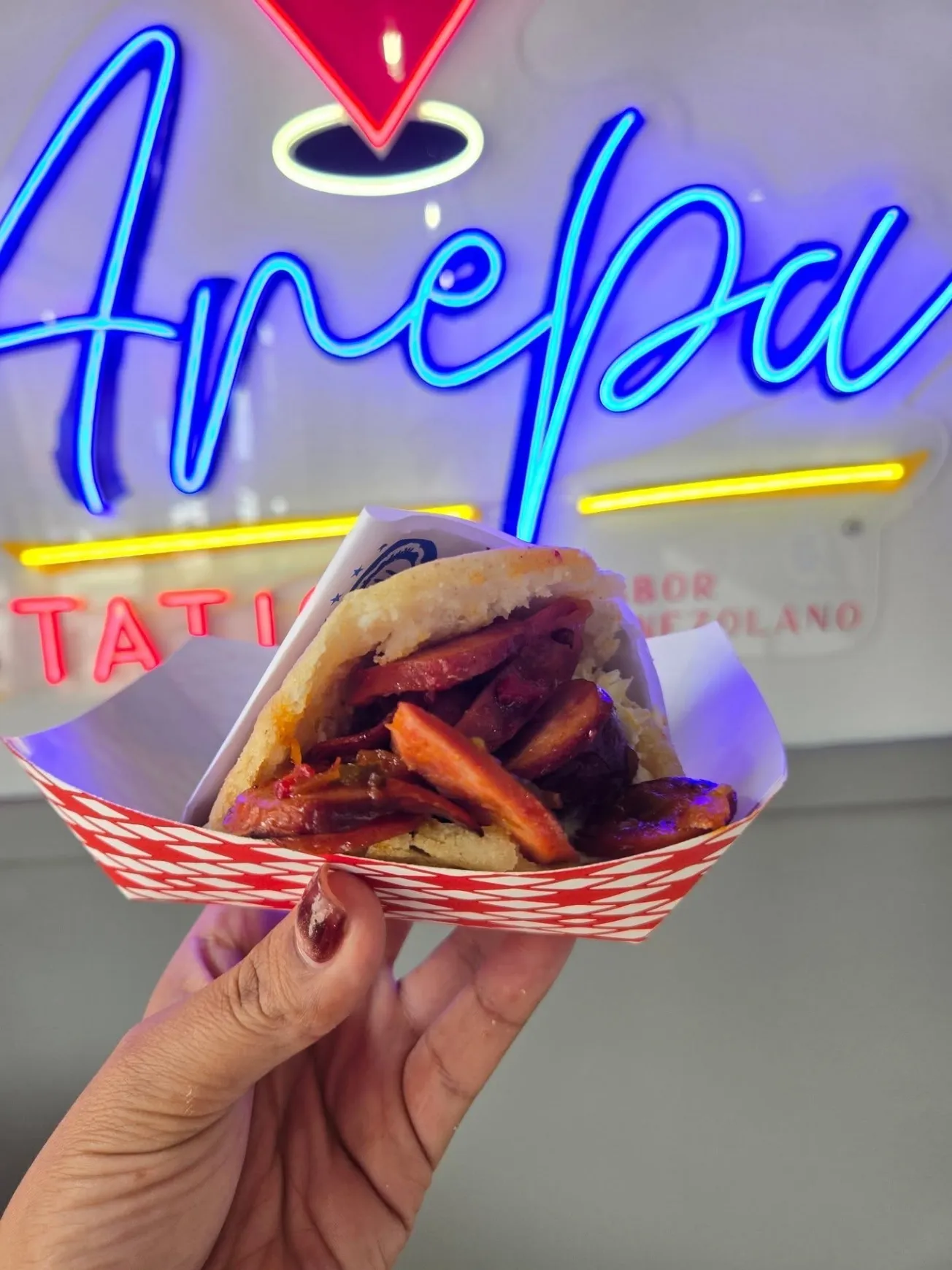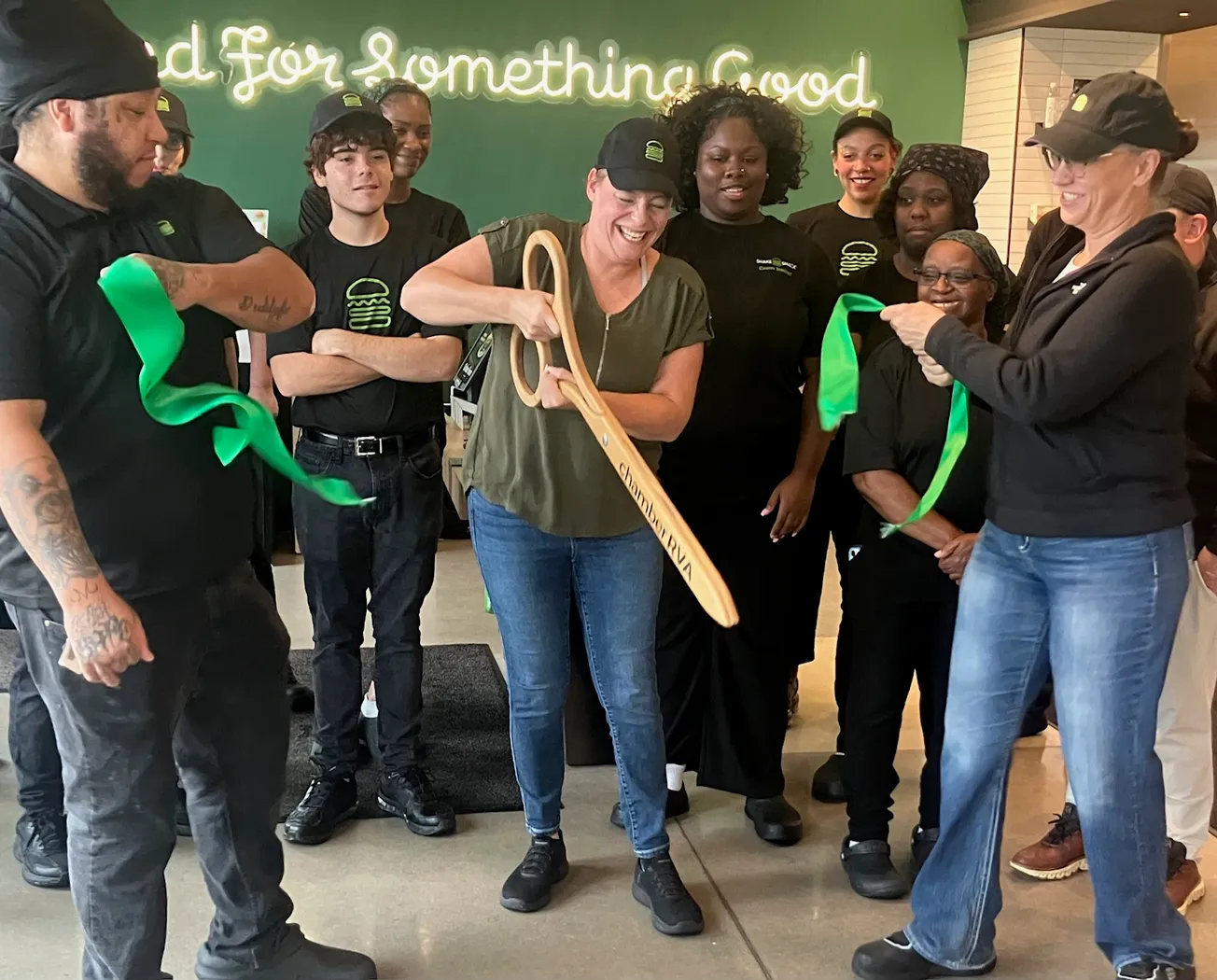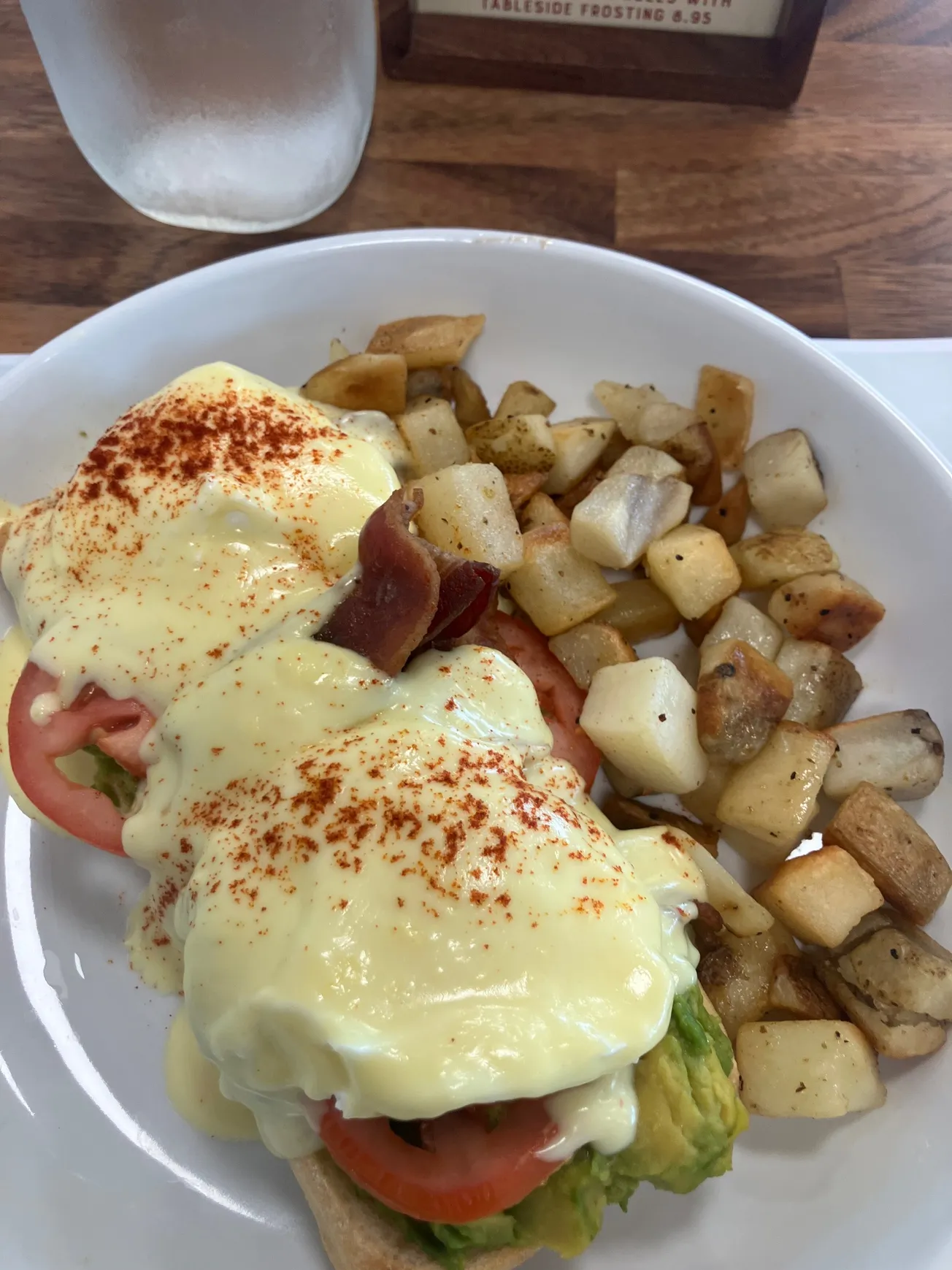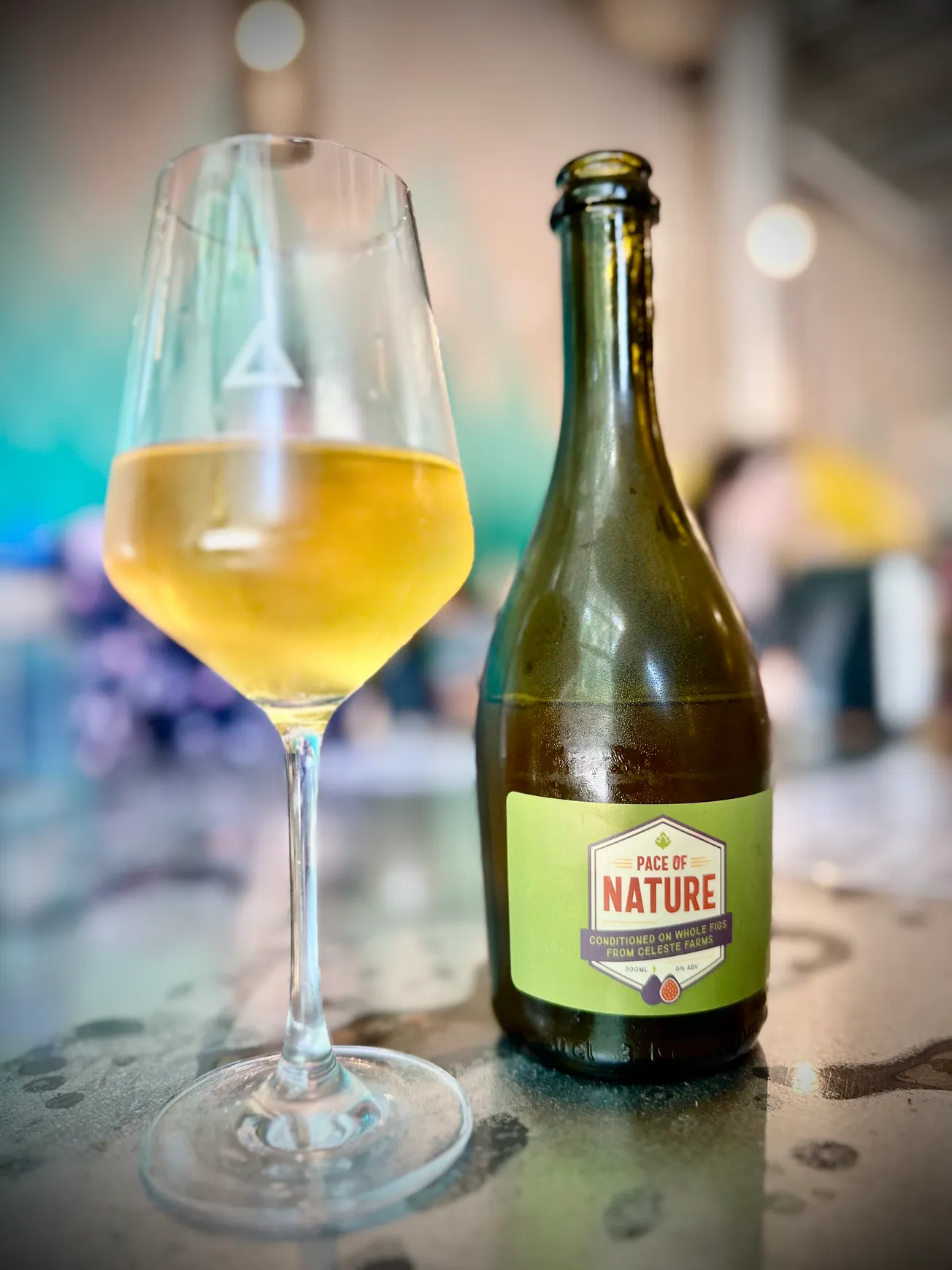Plate and Goblet — Dining — Community — The Original Ronnie's BBQ — Crafted — Heilman Dining Center — University of Richmond — Smoothie Spot — Surrounding Counties — Northstar Academy — Top News
Plate and Goblet: NA growth, Ronnie's rules, famous dishes, kudos for Crafted, hail to Heilman, and a zany museum
